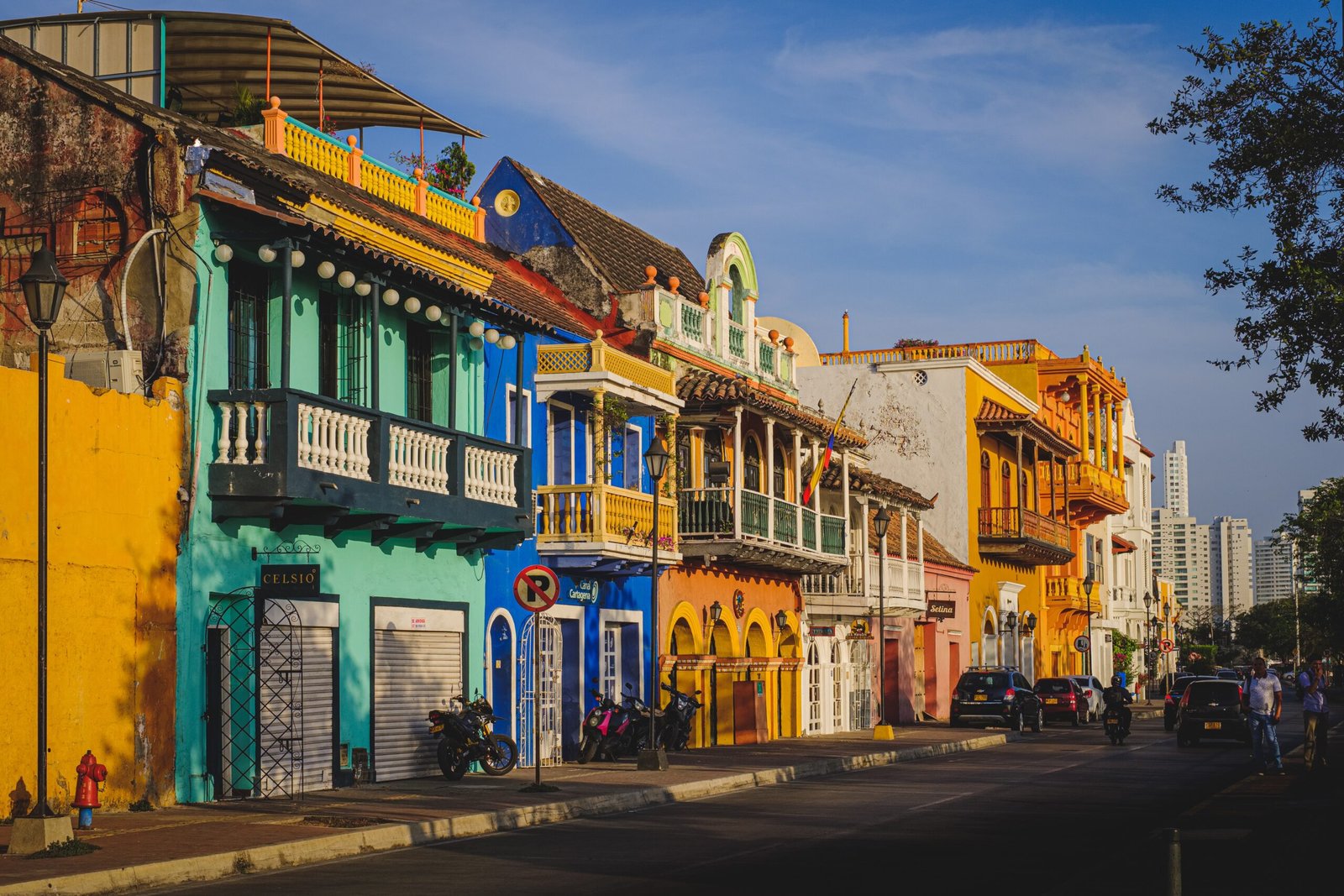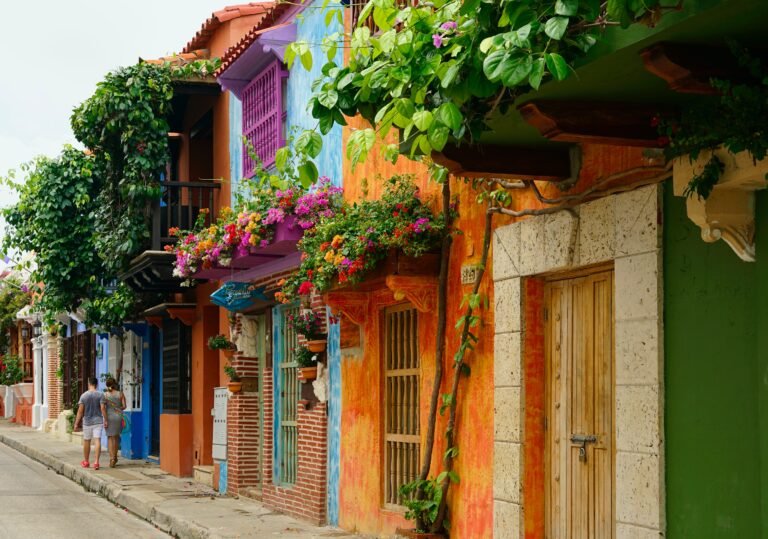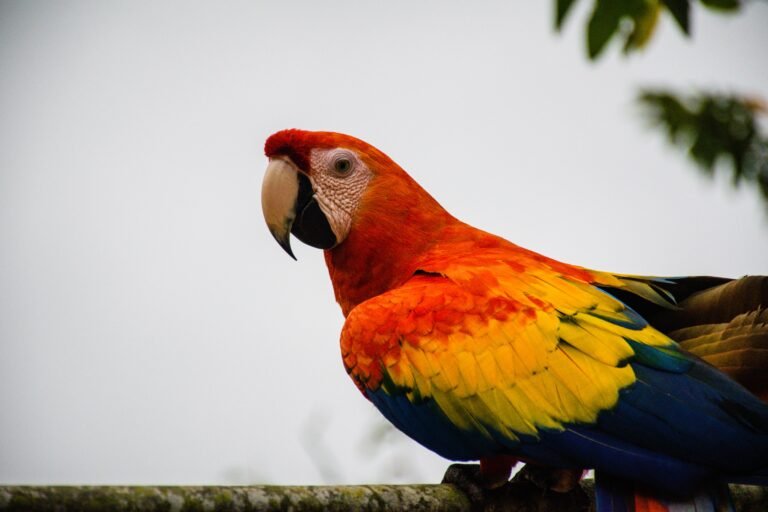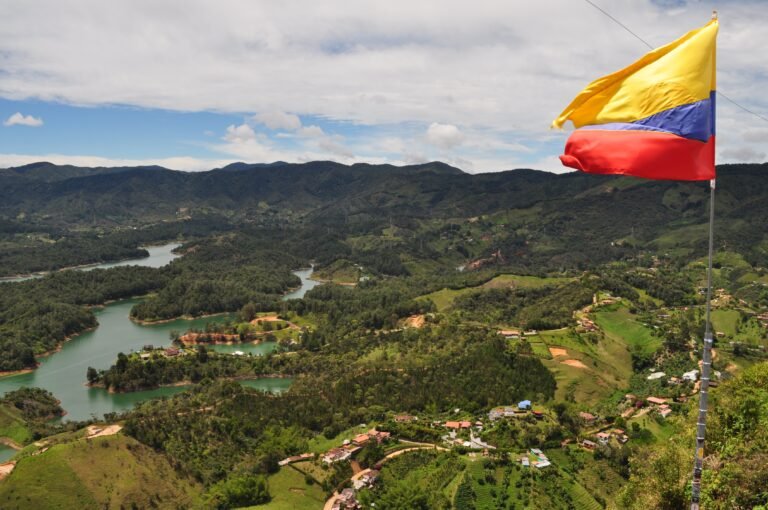About
On your trip to Colombia, you can enjoy stunning cities like Bogotá, Medellín, Cali or Cartagena, delight in the colorful Barranquilla Carnival and soak up the natural beauty of the Sierra Nevada de Santa Marta mountain range and Tayrona National Park. To make the most of your stay, let’s get familiar with some of the practicalities that will help you navigate the country and its culture.


Seasons
The best times to visit
Dry Season (December to March)
Pros: Sunny skies, clear hikes, ideal for exploring the Andes and Caribbean coast. Less rain throughout the country. Peak festival season with Carnaval in Barranquilla and festivals in Medellin and Cali.
Cons: Higher prices and larger crowds, especially around Christmas and New Year’s.
Shoulder Seasons (April to May, June to September)
Pros: Pleasant weather with occasional rain, ideal for hiking and outdoor activities. Lower prices and fewer crowds. Good time for whale watching on the Pacific coast.
Cons: Rainy season in some regions, especially the Amazon and western Colombia. Some festivals may not be happening.
Rainy Season (October and November)
Pros: Low season with the best deals and fewest crowds. Lush greenery and vibrant landscapes. Good time for birdwatching.
Cons: Frequent rain showers, especially in the afternoons. Some attractions and activities may be limited due to weather.
Colombia Tours
Agent Resources
Remember to always check for up-to-date travel advisories and consult official sources before your trip to Colombia. Enjoy your journey and embrace the beauty and diversity of this wonderful country!





